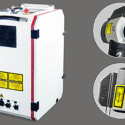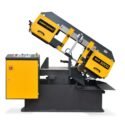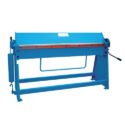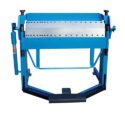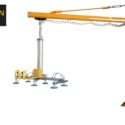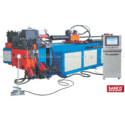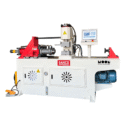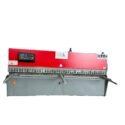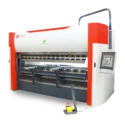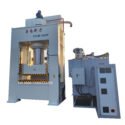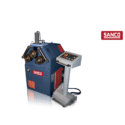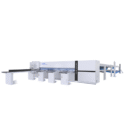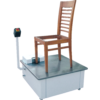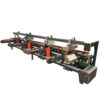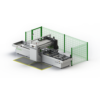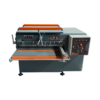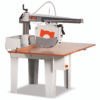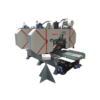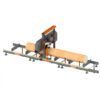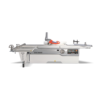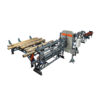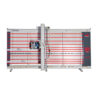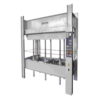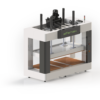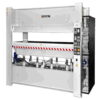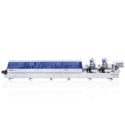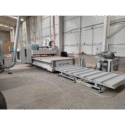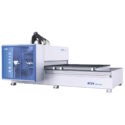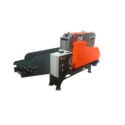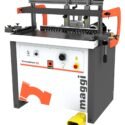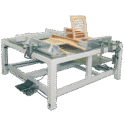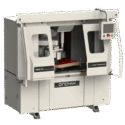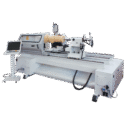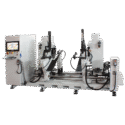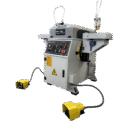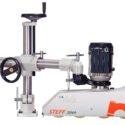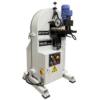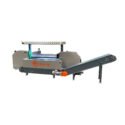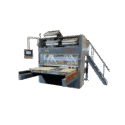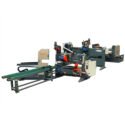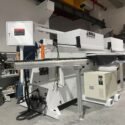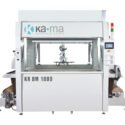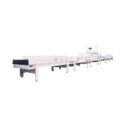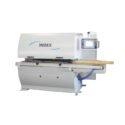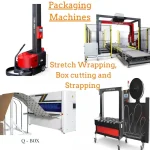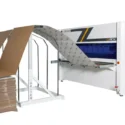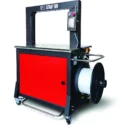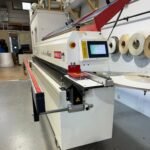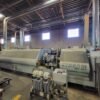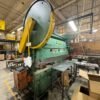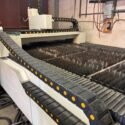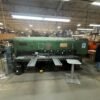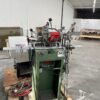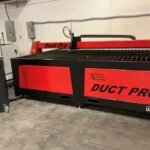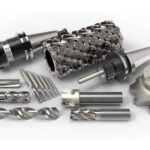
Automation has been a key factor in the success of many companies, and material handling automation is no different. It has revolutionized the way businesses operate and has made it possible to reduce labour costs and improve efficiency. Material handling automation is the use of automated technology to move, transport, store, and control materials in the production, storage, and distribution of goods. Automated material handling systems can be used for a variety of applications, from storage and retrieval of products to the assembly of components. Automation can help to reduce labour costs by eliminating the need for manual handling and reducing the number of workers required to complete a task. Automated material handling systems also reduce the risk of error and increase the speed and accuracy of production processes. Automation can also help to reduce the risk of injury to workers and increase overall safety. With the right automation strategies in place, businesses can reduce labour costs while still maintaining high levels of productivity and quality.
Definition of material handling automation
Before discussing the benefits and automation strategies of material handling automation, it is important to understand what it is. Material handling automation is the use of automated technology to move, transport, store, and control materials in the production, storage, and distribution of goods.Woodworking shop material handling is a heavy duty work, hundreds to thousands of piece need to move from CNC machining center to sliding table saw to edge bander to assembly table. It is a process of transporting materials from one place to another using automated methods. These are controlled either by computers or a computer-assisted method. The main aim of material handling automation is to reduce the overall operating costs of a business by using efficient methods to transport and move materials around the facility. The automation process is also responsible for transporting materials to a single production line where they are assembled and then delivered to the next phase of production.
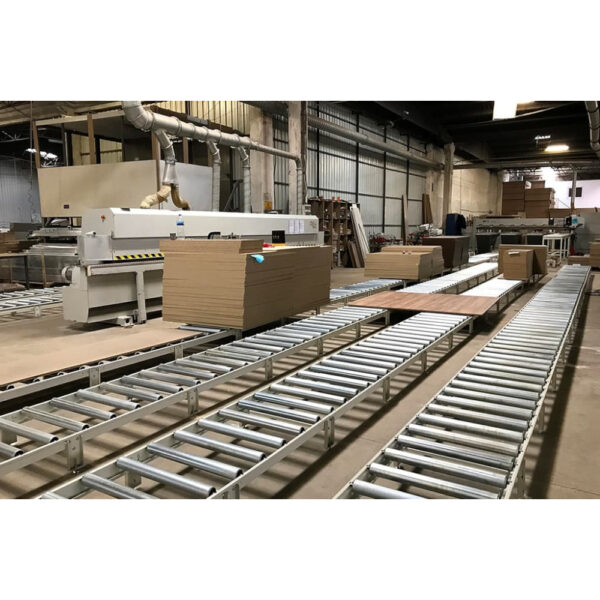
Benefits of material handling automation
– Automation can help to reduce labour costs by eliminating the need for manual handling and reducing the number of workers required to complete a task. It also reduces the risk of error and increases the speed and accuracy of production processes. – With the right automation strategies in place, businesses can reduce labour costs while still maintaining high levels of productivity and quality. – Automated material handling systems improve the company’s agility and can be easily integrated with other production processes and equipment. – Production line design and layout can be optimized to reduce material travel distance, increase production rates, and decrease overall cycle times. – Automated material handling systems can be used for a variety of applications, from storage and retrieval of products to the assembly of components. – Automation can help to reduce the risk of injury to workers and increase overall safety.
Automation strategies for reducing labor costs
Automation could be a viable option for reducing labour costs if the work being done by humans is repetitive or predictable, and can be readily automated. – Before implementing automation, it is important to identify opportunities where automation can be applied. These include areas such as repetitive tasks, tasks requiring high levels of accuracy, and tasks that are dangerous or difficult for humans to perform. – Once the right technology and company is selected, it is important to look at how to integrate it with the existing production processes. This will help to reduce the overall implementation time and cost. The wood industry is one of the leadership fields for transfer system industrial material transfer systems.
Automated material handling equipment types
There are many types of automated material handling equipment available on the market. The following are some of the most common types: – – Conveyors,Conveyors,Quality custom designs Conveyors for all industries ,Stainless Steel Conveyors, Vertical Conveyors
Make the most of your space. The perfect fit for your business. Panel sizing conveyors, return conveyors, loading elevators, roller conveyors, packaging conveyors, – Conveyors are versatile tools that can handle a variety of product sizes, shapes and weight, and can be tailored to operate in a variety of facility layouts. Conveyors are designed to move materials from one location to another. They can be manual or automated, single or multi-deck, and horizontal or vertical. Conveyor belts can also be used for a variety of applications, such- as transporting food, parts, and other materials. – Hoists – Hoists are used to lift and transport heavy loads, such as pallets and containers, between different levels and departments. They are commonly used in the food, shipping, and automotive industries. – Autonomous vehicles – Autonomous vehicles are used to transport materials between different locations and facilities, such- as between factories and warehouses. They can be used for a variety of materials, including food products and dangerous materials. – Bag and carton filling and sealing machines – Bag and carton filling and sealing machines are used to seal and fill bags and cartons, such as food and pharmaceutical products. They can be operated manually or automatically.
Automation technology for material handling
– Computer-controlled systems are the most common form of automation in the material handling industry. This type of system uses computers, hardware, and software to control and manage the entire process. – There are also hybrid systems, which combine automated and manual processes for certain tasks. This is particularly useful for changing over from one product to another. – Pneumatic systems are another type of automation technology. Pneumatic systems use compressed air to transport materials throughout the production facility. – A third type of automation technology is a closed-loop system, which can be used to handle a variety of materials.Door Wood Panels,mdf doors, composite panels, small cut to pieces custom designs.
Material handling automation system design and implementation
The first step towards creating an effective material handling automation system is to understand the production processes and identify areas where automation can be applied. Once the right technology is selected, it is important to look at how to integrate it with the existing production processes. It is also important to consider the layout of the production floor and its impact on material flow. It is also important to consider other equipment and processes that may be affected by the new automation system. Wide selection of belt and roller conveyors in several widths and lengths. See real-time pricing and order for next day shipping.
Cost-benefit analysis of material handling automation
A cost-benefit analysis can be used to determine whether automation is the right option for a business. This analysis can help to determine the benefits and costs associated with material handling automation systems. It is important for businesses to understand the full benefits of automation and understand the costs associated with the implementation of the system.
Solutions For All Your Conveying Needs. We have your solution – call us for your conveyor. Conveyors For A Variety Of Industrial Applications. Professional reliable and well priced. Food Safe Options. Quality Customer Service. Quick…ConveyorsQuality custom designs Conveyors for all industries Stainless Steel Conveyors Easy to keep clean woodworking shop
Vertical Conveyors Make the most of your space. The perfect fit for your business.
Conclusion
As you can see,Moon machinery, We are distributor of a leading conveyor system manufacturer and conveyor supplier in Ontario, Canada, also serving USA. As the most trusted conveyor company, … automation has been a key factor in the success of many companies, and material handling automation is no different. It has revolutionized the way businesses operate and has made it possible to reduce labour costs and improve efficiency. With the right automation strategies in place, businesses can reduce labour costs while still maintaining high levels of productivity and quality.




